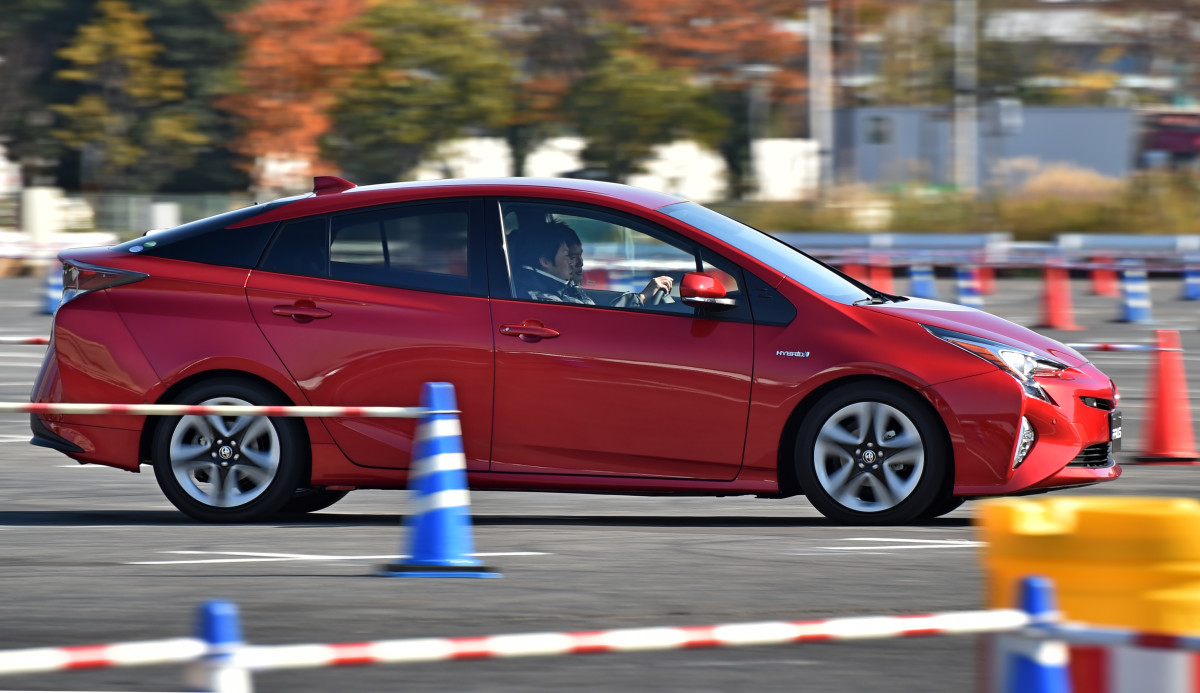
For teens just beginning to drive regularly — and for adult drivers with children — safety is paramount when choosing a vehicle. Knowing which cars are the least likely to injure their inhabitants in the event of a collision is, therefore, a key step in the car-buying process, whether you’re budgeting for a new or used vehicle.
In the modern day, some cars even have smart technology systems that can help drivers avoid collisions altogether, but these advanced detection and avoidance features can add thousands to a vehicle’s price tag, and most Americans can’t afford to buy new in any case.
Don't miss the move: Subscribe to TheStreet's free daily newsletter
For those who can afford to purchase a new car, choosing one of the safest new cars of 2024 according to the Insurance Institute for Highway Safety is a great idea. But for everyone else, what are the safest used cars on the market under $20,000? What about under $10,000?
Here’s what the experts have to say:
Related: The 10 most reliable car brands in 2024 according to experts
The safest used cars between $10K and $20K according to Consumer Reports and IIHS
Consumer Reports is a nearly century-old not-for-profit organization that tests vehicles at its driving courses and labs in Connecticut and New York and surveys its members about their own vehicles. It is one of the most trusted voices in automobile safety and reliability.
The Insurance Institute for Highway Safety, established in 1959, is a somewhat younger nonprofit, but it is also one of the most respected crash-test-conducting firms around.
The vehicles below were jointly selected by these organizations for a mix of safety and affordability, making them perfect for teen drivers and working families.
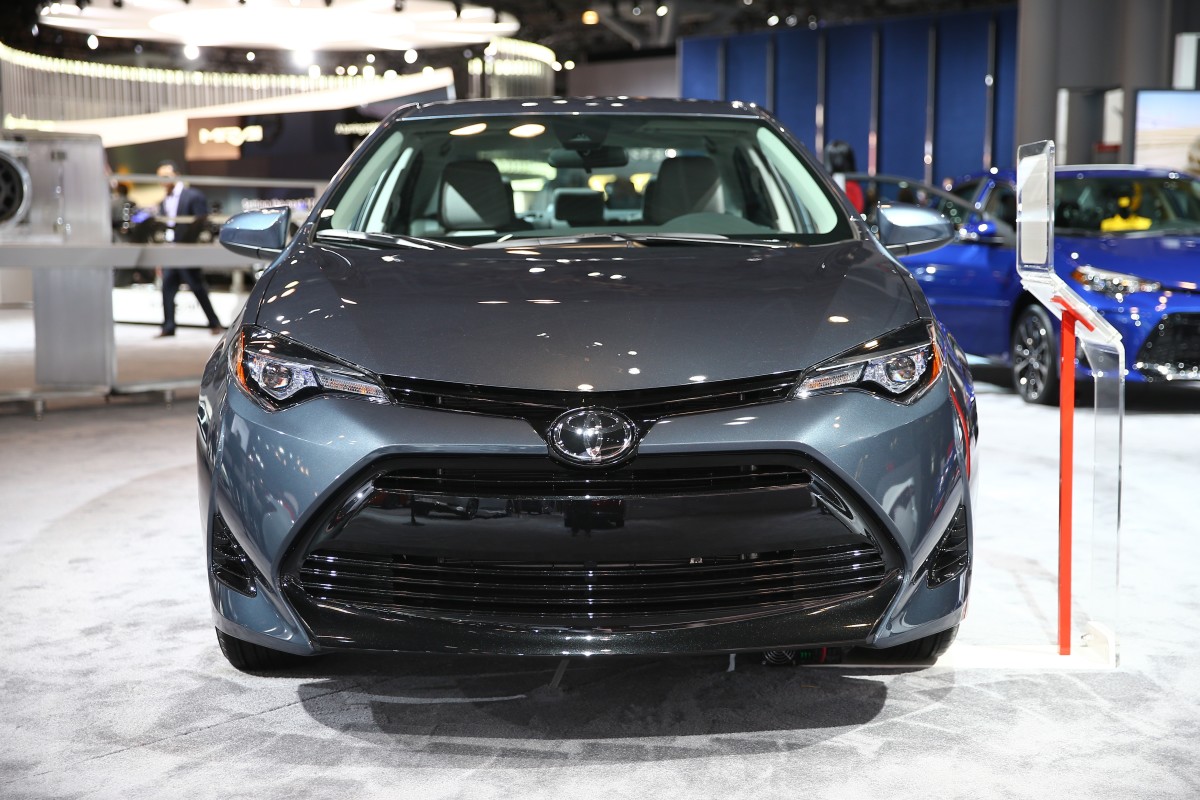
Small cars
| Model | Years | Approx. starting price |
|---|---|---|
Toyota Corolla (sedan or hatchback) |
2017 or newer (sedan); 2019 (hatchback) |
$10,600 |
Toyota Prius |
2017 or newer |
$13,800 |
Mazda 3 (sedan or hatchback) |
2021–22 |
$16,400 |
Toyota Prius Prime |
2017 or newer |
$17,000 |
Honda Civic (sedan or hatchback) |
2021 or newer |
$17,600 |

Midsize to large cars & minivans
| Model | Years | Approx. starting price |
|---|---|---|
Toyota Camry |
2018 or newer |
$9,600 |
Volvo S60 |
2017, 2021 |
$10,200 |
Volvo V60 |
2017, 2021 |
$12,300 |
Toyota Avalon |
2017 or newer |
$14,400 |
Subaru Legacy |
2019 |
$14,700 |
Hyundai Sonata |
2021 |
$17,200 |
Toyota Sienna |
2018–20 |
$19,100 |
Honda Accord Sedan |
2020 |
$19,200 |
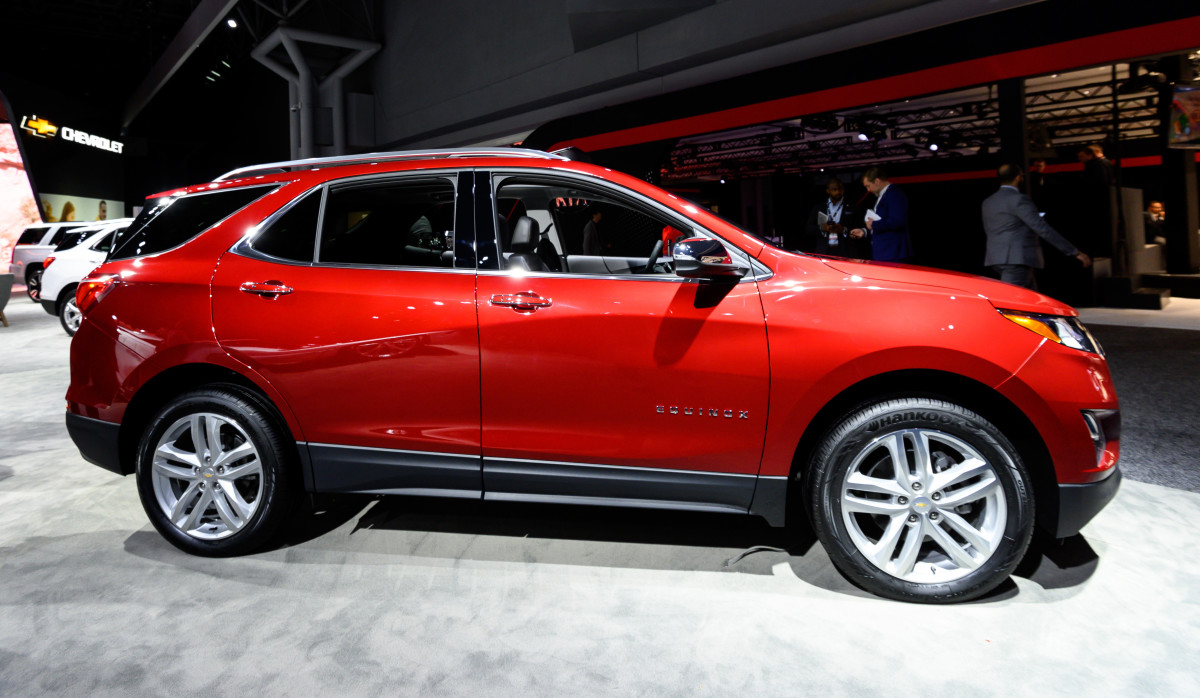
Small SUVs
| Model | Years | Approx. starting price |
|---|---|---|
Chevrolet Equinox |
2020, 2023 |
$13,800 |
Kia Sportage |
2020 or newer |
$14,400 |
Toyota RAV4 |
2017 or newer |
$14,700 |
Hyundai Tuscon |
2020 or newer |
$14,900 |
Mazda CX-5 |
2021–23 |
$17,600 |
Lexus UX |
2019–21 |
$18,100 |
Honda CR-V |
2020 or newer |
$18,700 |
Nissan Rogue |
2021 |
$19,000 |
Subaru Forester |
2021 or newer |
$19,000 |
Mazda CX-30 |
2022 or newer |
$19,900 |
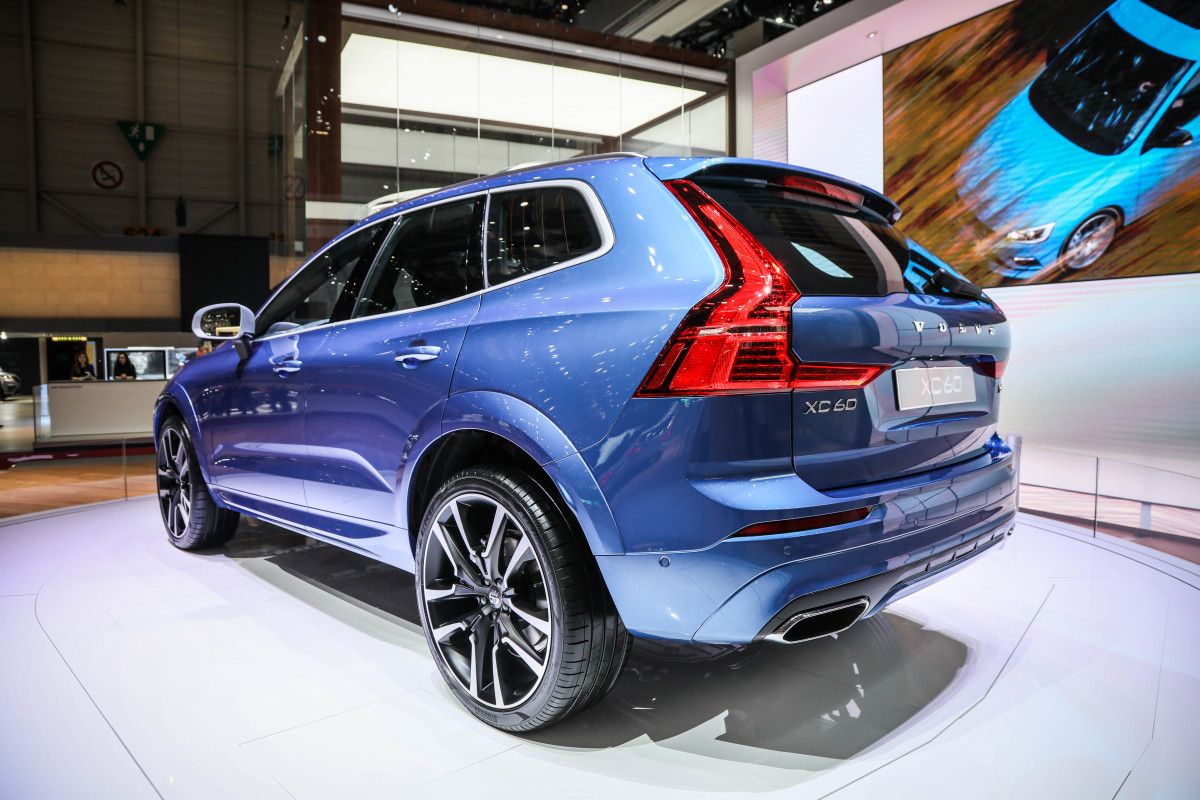
Midsize SUVs
| Model | Years | Approx. starting price |
|---|---|---|
Volvo XC60 |
2017 |
$12,100 |
Hyundai Santa Fe |
2019, 2020, 2023 |
$15,200 |
Toyota Highlander |
2017 or newer |
$15,700 |
Nissan Murano |
2019, 2020 |
$15,900 |
GMC Terrain |
2020, 2023 |
$16,100 |
Ford Edge |
2020 or newer |
$16,700 |
Lexus NX |
2018–21 |
$17,100 |
Infiniti QX60 |
2019 |
$17,800 |
Mazda CX9 |
2020, 2022 |
$18,800 |
More automotive content:
- Best new cars and SUVs under $30k according to Consumer Reports
- The longest-lasting car models (200k+ miles) according to Consumer Reports
- The least expensive car brands to repair & maintain according to Consumer Reports
The safest used cars under $10k according to Car & Driver
Car and Driver, while not a nonprofit organization like CR or IIHS, has been around since 1955 and is generally well-regarded within the automotive community and has received a “high credibility” rating and a high “factual reporting” score from Media Bias/Fact Check (MBFC).
These are the 13 safest used cars under $10,000 that Car and Driver recommends for teens and other drivers for whom safety and affordability are primary concerns.
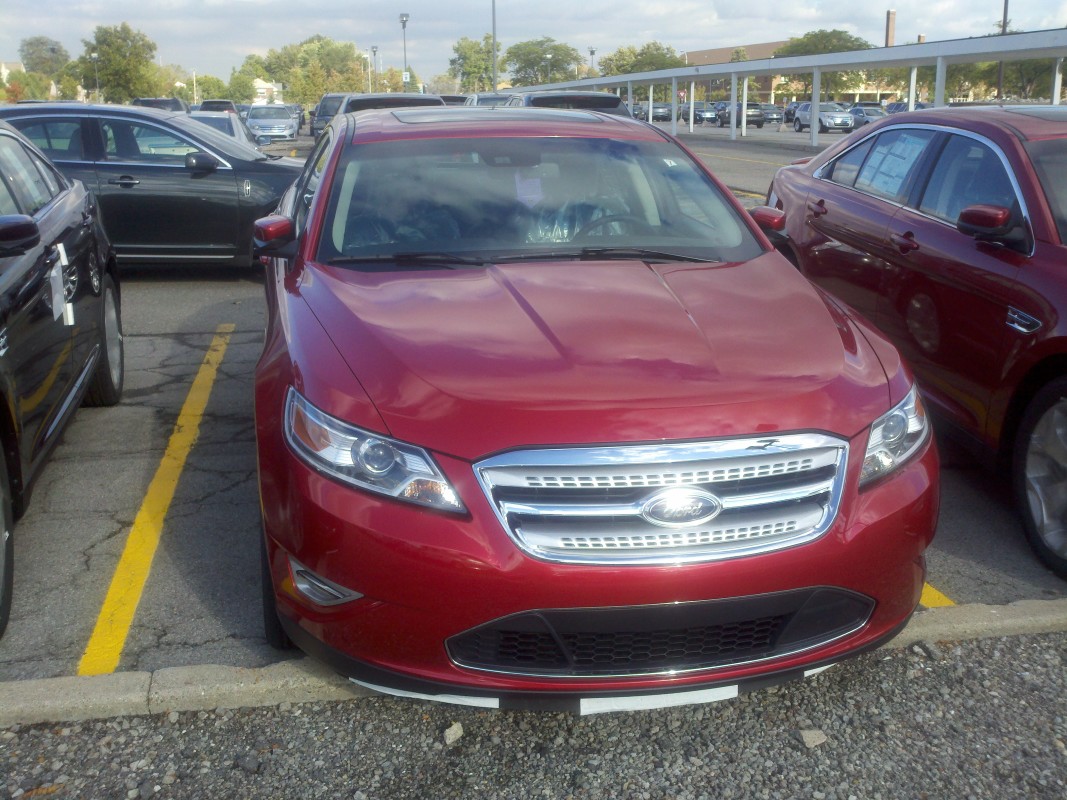
| Model | Years |
|---|---|
Ford Taurus |
2011, 2014 |
Honda Accord |
2013 or newer |
Honda Civic |
2012–2015 |
Hyundai Tuscon |
2012 |
Mazda 3 |
2011 or newer |
Mazda CX-5 |
2014 or newer |
Subaru Legacy or Outback |
2013 or newer |
Toyota Camry |
2012 or newer |
Toyota Highlander |
2008 or newer |
Toyota Prius |
2011 or newer |
Toyota Prius V |
2012–2014 |
Related: Used cars to avoid buying according to Consumer Reports
Why are car safety features and crash test results so important?
In the modern day, most of us take driving for granted as a fact of life, despite the fact that it’s probably one of the riskiest things we do on a day-to-day basis.
According to the U.S. Department of Health and Human Services, car crashes are the “second leading cause of death from unintentional injuries in the United States.” Additionally, the DHHS reports that we in the U.S. experience car crash deaths at around twice the average rate of other high-income counties.
According to the National Safety Council, you’re more likely to die from a car crash than you are from fire, drowning, choking, or sunstroke:
| Cause of death | Odds of dying this way |
|---|---|
Car crash |
1 in 93 |
Drowning |
1 in 1,032 |
Fire/smoke |
1 in 1,236 |
Choking |
1 in 2,482 |
Sunstroke |
1 in 4,402 |
Cars are, in one sense, fast-moving, 4,000-pound (on average) steel enclosures that we entrust our safety to on a daily basis. And regardless of one’s own driving ability, reaction time, and safety consciousness, there is no way to control or predict the behavior of the countless other drivers with whom we share the roads.
None of this changes the fact that most Americans need to drive at least semi-regularly (94.5% of driving-age Americans drove at least once in 2022), but it does highlight the importance of considering safety features when choosing a vehicle — the right safety features and crash responses can mean the difference between mild injury and severe injury or severe injury and death.







